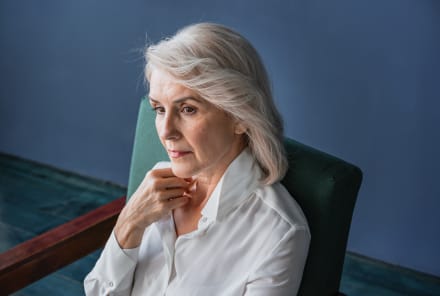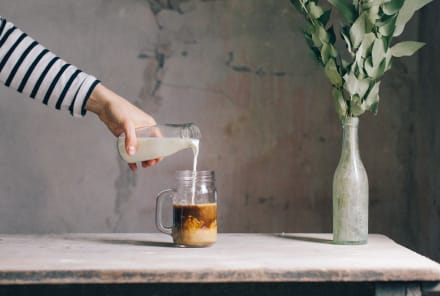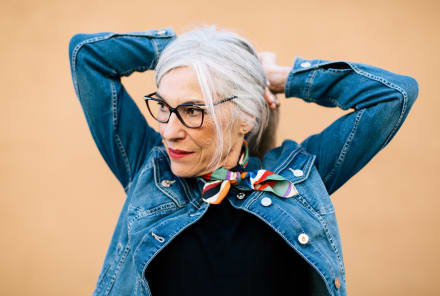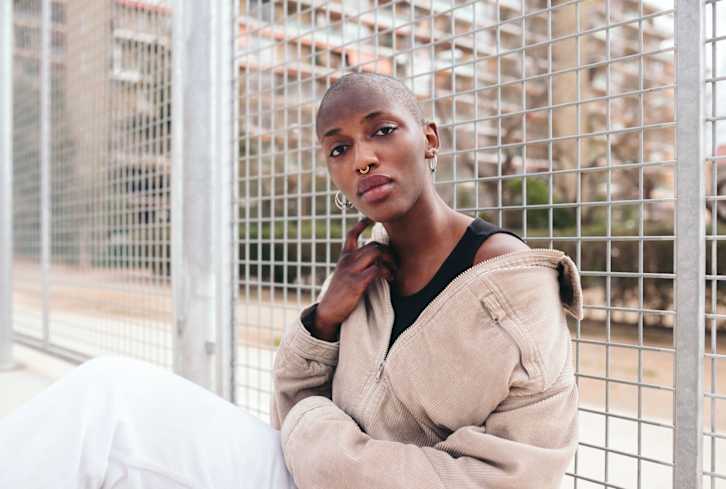Advertisement
A Psychiatrist Shares How Interacting With Nature Can Help Heal Trauma

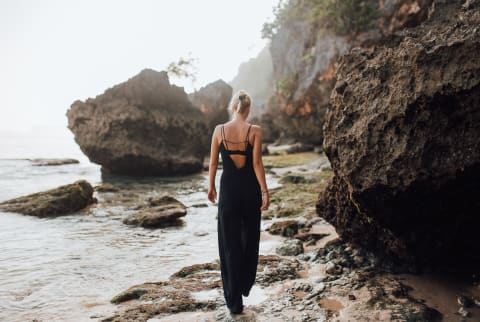
Researchers around the world have explored the variety of ways we can reconnect with nature and the gifts she brings to our mental and emotional life and our health.
For example, people who look at pictures of rural scenes recover faster from stress and are more resilient than those who watch films of urban settings. Women dealing with the trauma of surgery for breast cancer are able to focus better when they spend time in nature. Depressed people who stroll in green places have significantly better moods than those who walk city streets. Recently, Gregory Bratman and his Stanford colleagues1 have shown that city dwellers who walk in nature for only 90 minutes decrease activity in the subgenual prefrontal cortex, an area of the brain associated with morbid rumination, the repetitive, unproductive chewing over of negative thoughts about our lives and ourselves—exactly the kind of self-defeating mental activity that hobbles the brains of traumatized and depressed people. This is a worldwide phenomenon.
Research in England shows that people living among farms, fields, and meadows are less stressed and depressed, and they live longer than those in less green areas. One study suggests that the mycobacteria vaccae2 organisms that live in the soil contribute to this therapeutic effect by increasing levels of the calming, mood-enhancing neurotransmitter serotonin. In Japan, research on Shinrin-yoku, "forest bathing3," has shown the therapeutic power of walking in the woods, enjoying the sights, and breathing in air perfumed by leaves and bark with medicinal properties. Forest bathers in two dozen locations have demonstrated decreased cortisol, lower blood pressure, and increased vagus nerve activity—just the kinds of changes that are likely to benefit us when we're traumatized or chronically stressed.
So, how do you start?
We know now that nature really does help us heal. So, what to do? Where? For how long? And how to get started? Those of us who live in viewless apartments on treeless streets have to put out more energy to see and smell the natural world, have to tune in more consciously to its natural rhythms, but it's possible—and worth the effort.
Over the last 25 years, I've come to know a number of HIV-positive former heroin addicts in New York City, many of whom were long confined to prisons. Traumatized in childhood and by the adult life they lived, they've told me about the joys of morning and evening pilgrimages to parks; deep salt-flavored breathing as they emerge from subways onto the sands of a public beach; and the thrill of floating, almost weightless, on waves. They speak with wonder about the joys of tending a plant on a roof, a fire escape, or even a windowsill.
A little goes a long way.
Take time whenever and however you can to be in nature—an hour, an afternoon, a day, a weekend, or longer, to renew and heal yourself, to honor nature and learn her lessons. A 20-minute mindful walk will get you started and give you the benefits promised by the research. Sometimes now I walk on my own street very slowly, noticing and saying to myself what I notice: the leaves on the trees, the reach and twists of the branches, little birds hopping and calling, insects buzzing and gliding around my head, the plants and flowers that flourish over several seasons in my neighbors' yards.
If your street is nature-deficient, go to the country or to a park. Even a small one will reward your effort and your awareness. Your eyes and mind will move up to leaves and branches. Your feet will feel the texture of dirt and rocks, your ears record the running water of streams. Feeling nature's rhythms, participating in her ever-cycling birth and growth, death and rebirth, we're reminded that change is also always happening in us—in our inner world of thoughts and feelings, organs and cells. In nature we may feel—without effort or warning—that trauma's burdens are slipping from our shoulders.
We know then in our bones the truth that the studies tell us: that nature relaxes and focuses us, lowers our stress hormones, and lightens our step. We get the message: The trauma that once overwhelmed us is not forever fixed. Here, as always, our breath is a great teacher. As we breathe slowly and deeply, we can feel the connection between the natural world outside us and the one within us.
We may recall, too, that the connection is both intimate and universal: Trees provide the oxygen we inhale, and the carbon dioxide we exhale in turn feeds the trees. Breathe deeply, relax, and be aware that you are a part of nature, that she is always caring for you, sustaining you.
Excerpted from The Transformation: Discovering Wholeness and Healing After Trauma, by James S. Gordon, M.D. Reprinted with permission from HarperOne, an imprint of HarperCollins Publishers. Copyright 2019.
Watch Next
Enjoy some of our favorite clips from classes
Enjoy some of our favorite clips from classes
What Is Meditation?
Mindfulness/Spirituality | Light Watkins
Box Breathing
Mindfulness/Spirituality | Gwen Dittmar
What Breathwork Can Address
Mindfulness/Spirituality | Gwen Dittmar
The 8 Limbs of Yoga - What is Asana?
Yoga | Caley Alyssa
Two Standing Postures to Open Up Tight Hips
Yoga | Caley Alyssa
How Plants Can Optimize Athletic Performance
Nutrition | Rich Roll
What to Eat Before a Workout
Nutrition | Rich Roll
How Ayurveda Helps Us Navigate Modern Life
Nutrition | Sahara Rose
Messages About Love & Relationships
Love & Relationships | Esther Perel
Love Languages
Love & Relationships | Esther Perel
What Is Meditation?
Box Breathing
What Breathwork Can Address
The 8 Limbs of Yoga - What is Asana?
Two Standing Postures to Open Up Tight Hips
How Plants Can Optimize Athletic Performance
What to Eat Before a Workout
How Ayurveda Helps Us Navigate Modern Life
Messages About Love & Relationships
Love Languages
Advertisement
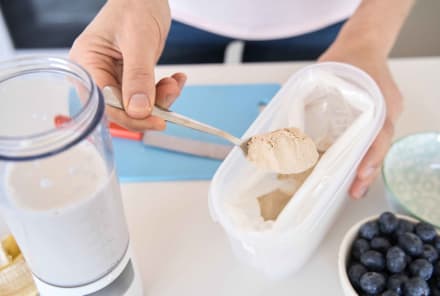
Your Grandma's Go-To Supplement Is Once Again Popular (For A Good Reason)
Molly Knudsen, M.S., RDN

8 Dietitians Share The Nutrition Advice They Actually Follow
Molly Knudsen, M.S., RDN

Want To Build Muscle After 60? Make Sure You Get Enough Of This (Not Protein)
Molly Knudsen, M.S., RDN

Your Grandma's Go-To Supplement Is Once Again Popular (For A Good Reason)
Molly Knudsen, M.S., RDN

8 Dietitians Share The Nutrition Advice They Actually Follow
Molly Knudsen, M.S., RDN

Want To Build Muscle After 60? Make Sure You Get Enough Of This (Not Protein)
Molly Knudsen, M.S., RDN

Your Grandma's Go-To Supplement Is Once Again Popular (For A Good Reason)
Molly Knudsen, M.S., RDN

8 Dietitians Share The Nutrition Advice They Actually Follow
Molly Knudsen, M.S., RDN

Want To Build Muscle After 60? Make Sure You Get Enough Of This (Not Protein)
Molly Knudsen, M.S., RDN

Your Grandma's Go-To Supplement Is Once Again Popular (For A Good Reason)
Molly Knudsen, M.S., RDN

8 Dietitians Share The Nutrition Advice They Actually Follow
Molly Knudsen, M.S., RDN

Want To Build Muscle After 60? Make Sure You Get Enough Of This (Not Protein)
Molly Knudsen, M.S., RDN

